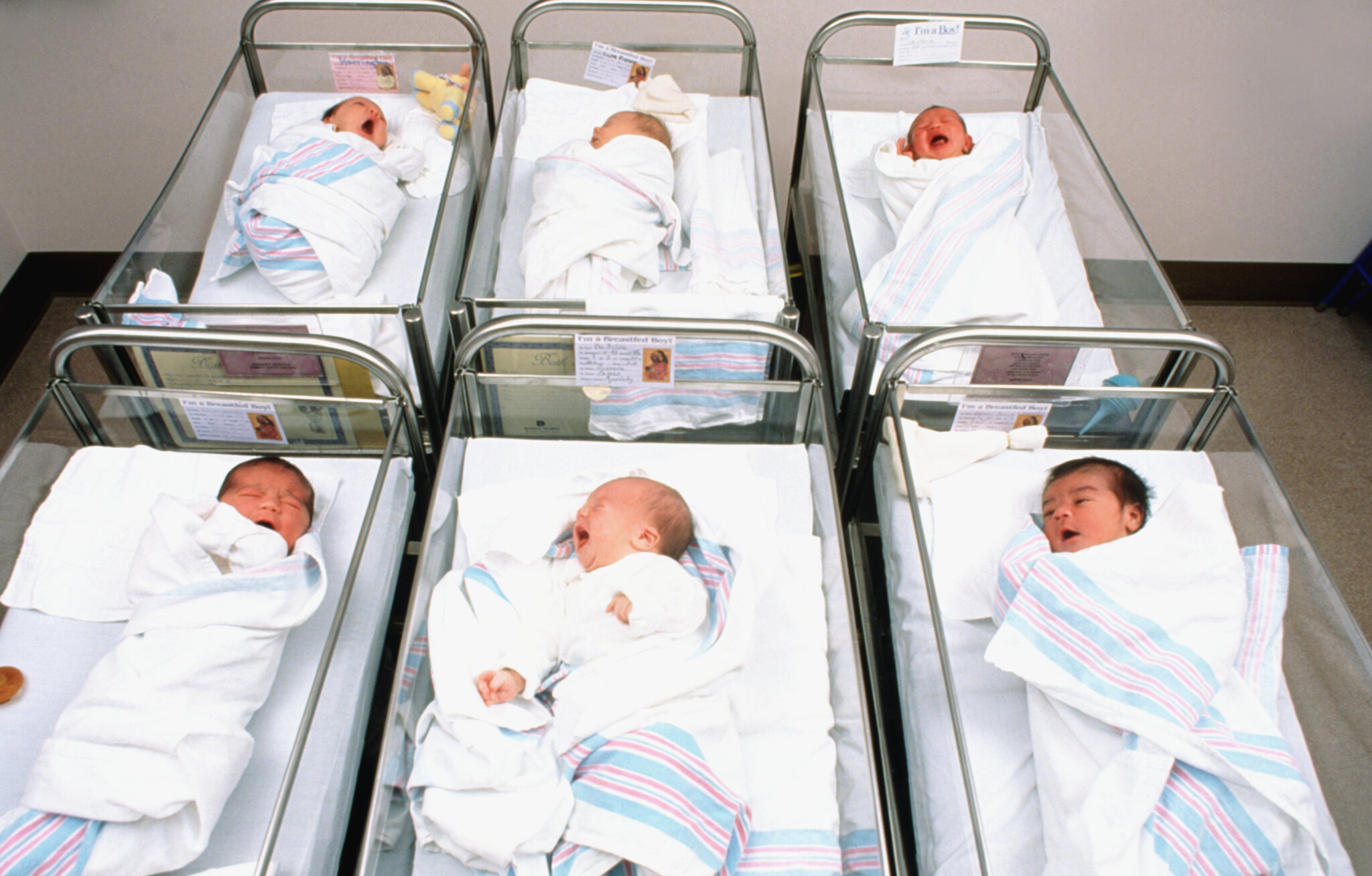BY SARAH VOGELSONG
(VM) – Preliminary data show Virginia’s maternal mortality rate more than doubled between 2018 and 2020, a sharp increase encouraging state officials to start doing ground-level interviews to figure out what’s driving pregnancy-related deaths.
According to early numbers from Virginia’s Maternal Mortality Review Team, the state’s maternal mortality rate in 2018 was 37.1 deaths per 100,000 cases. In 2020, that figure rose to 86.6 deaths per 100,000 cases, said Dr. Ryan Diduk-Smith, director of the Office of the Chief Medical Examiner’s Division of Death Prevention.
Not all of those deaths are necessarily due to a problem with pregnancy, since the review team looks at every death that occurs within 365 days of pregnancy. But the jump indicates a sharp upward trend in maternal mortality that can also be seen in federal data.
While Diduk-Smith said researchers have “no clue” yet why the rate rose so sharply in 2020, Shannon Pursell, director of operations for the Virginia Neonatal Perinatal Collaborative, said increases in intimate partner violence and the isolation posed by the COVID-19 pandemic could have contributed to the jump. However, both emphasized the data are preliminary, and until the review team has a chance to investigate each case, no final conclusions can be drawn.
Currently, Virginia’s Maternal Mortality Review Team reviews maternal deaths using data such as which providers a patient saw, when appointments were made or canceled and patient information like height, weight and preexisting conditions.
“When we do the reviews, we look specifically at medical records or death reports. So what we have is only what’s been written by a third party,” said Pursell. “We have to make assumptions on whether the patient felt that they were being listened to or heard.”
Over the next two years, however, Virginia health officials will be expanding those investigations to include interviews with people who may have insight into a specific individual’s death, such as their doctor, family member or doula.
The interviews will help state health officials get a more detailed picture of the factors that might have contributed to the death, said Diduk-Smith.
While medical records might note only “noncompliance with appointment” if a pregnant person failed to show for a checkup, for example, interviews with people could reveal difficulties the mother had in accessing transportation to a doctor’s office or scheduling appointments outside work hours.
“We feel that having that extra layer or that voice to really kind of put the emotions and the reality of that life will provide us that additional detail so we can then advocate or develop policy or recommendations to combat this. … Instead of just the outline, it gives the full picture,” said Pursell.
Funding for the expansion of the mortality reviews to include interviews, an approach Diduk-Smith and Pursell said other states have adopted, comes from a two-year grant from the Centers for Disease Control and Prevention. In both 2023 and 2024, the Division of Death Prevention will receive $450,000 to work with the Virginia Neonatal Perinatal Collaborative to address maternal mortality on multiple fronts.
While maternal mortality rates can vary depending on how they are calculated (the March of Dimes puts Virginia’s average rate between 2018 and 2020 at 22.3), data from the Centers for Disease Control and Prevention show rising trends in maternal deaths nationwide.
Those risks also vary significantly by race, with Black women suffering a maternal mortality rate more than twice that of white women.
Between 1999 and 2014, “the overall pregnancy-associated mortality ratio … was 79.3 per 100,000 live births among Black women and 34.2 per 100,000 live births among white women,” found one Virginia Department of Health report in 2017.
Former Gov. Ralph Northam in 2019 announced a goal of eliminating racial disparities in Virginia’s maternal mortality rate by 2025, a target he said was “perfectly within reach.”
“There’s a lot of information circulating, and hopefully this grant will allow us to hone in a little more,” said Diduk-Smith.
As maternal mortality rates rise in Virginia, health officials launch interviews into deaths



